Winter Weather Safety

Some people dislike winter while others thrive in the cold and snow. Many simply tolerate the season and long for the coming spring. Most of this difference in opinion comes from what we like or don’t like, but there are physical aspects one can’t overlook. Elderly often worry about slipping on the ice. People taking certain medications feel the cold more than others. The long nights and short days don’t help much unless you like star gazing in the clear sky of a frigid winter night.
Staying safe in winter is a priority no matter how you view the season. Anyone who enjoys outdoor winter activities such as skiing, snowboarding, snowmobiling, or even camping will tell you that it’s all in how you dress and prepare.
Winter weather preparedness applies to travel, having fun outdoors, or staying warm and cozy at home in front of a fire.
Winter Emergency Preparedness Checklist
Cold and Wind Chill
Some years, the polar vortex shifts south over Canada and the United States. There is always a polar vortex, but when it slips down over the United States it brings frigid weather and often includes snow and wind.
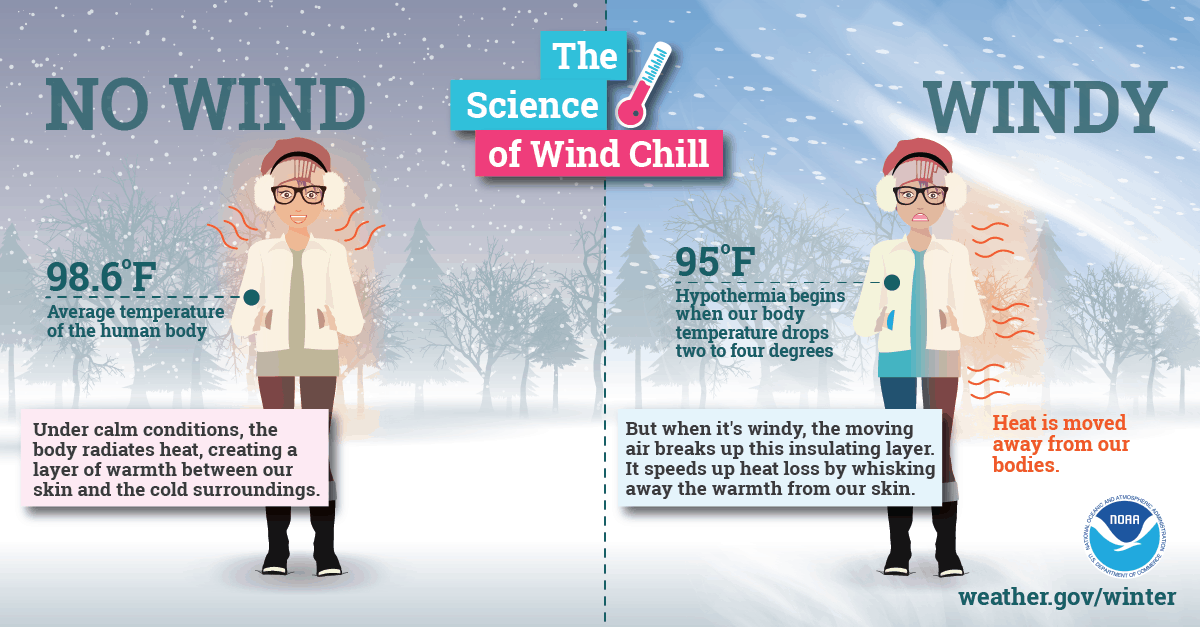
A 10 MPH wind can make 30 degrees feel like 20, and 0 degrees feel like 20 below.
The phrase “wind chill” is enough to make most people feel cold just for hearing it. Below freezing cold is one thing. Add in a stiff breeze and suddenly it feels like the temperature plunged ten or twenty degrees. As far as our bodies are concerned, that is exactly what happened unless we take extra precautions to stay warm. Hypothermia begins when the body temperature drops just a few degrees.
Layers of clothing are the best defense against winter cold and wind chill. Heat from our body forms an insulating layer of air near our skin and between the layers of clothing. Wind takes that warm air away and we feel the cold more strongly. Exposed skin can freeze in minutes causing frost bite.
Portable vs Standby Generator for Winter Outages: What You Should Know
Choose wool or synthetic insulating layers. A long sleeve thermal undershirt, then a shirt, sweater, and a wind proof coat with a hood. The coat will keep the layers of warm in and the wind out. When the temperature drops, add another inner layer. Too warm? Remove one of the inner layers. Wear gloves and a warm hat. A scarf or balaclava to protect your face. Cotton is poor choice. Unlike wool or synthetics, it soaks up perspiration, which then evaporates and robs body heat in the process.
Properly dressed, you’ll be surprised when the cold doesn’t matter so much.
Shop Portable Gas Generators in the Norwall Catalog
Blizzards

A blizzard is a dangerous winter weather event that occurs when strong winds combine with snow over a three hour or longer period. Blizzards are very large weather events that cover hundreds or even thousands of miles. In a severe snowstorm, the wind combines with heavy snow to create the blizzard. A ground blizzard fills the air with snow that was already on the ground. Both event produce the same effects. Expect strong winds, heavy, blowing snow, and reduced visibility with whiteout conditions that cause disorientation or a loss of all sense of direction.
The National Weather Service issues a Blizzard Warning accompanied by a Winter Storm Warning.
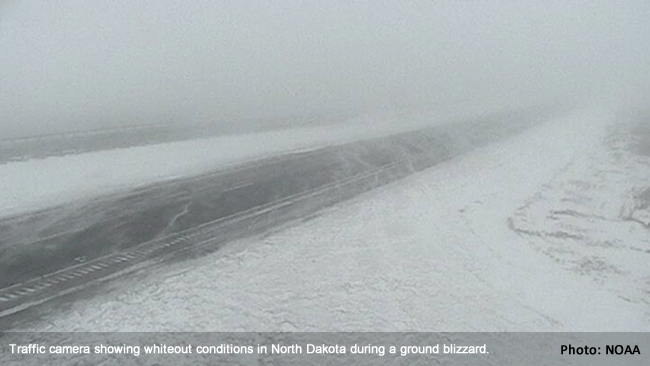 Do not travel during a blizzard. Discerning where the road is may become impossible. The blizzard obscures the usual visual clues we rely upon to stay on the road. It may seem that you can see further ahead than is possible. You may drive off the road because of the optical illusion caused by the whiteout.
Do not travel during a blizzard. Discerning where the road is may become impossible. The blizzard obscures the usual visual clues we rely upon to stay on the road. It may seem that you can see further ahead than is possible. You may drive off the road because of the optical illusion caused by the whiteout.
Ground blizzards often come on the heels of a warm front and take people by surprise. The temperature drops suddenly, the winds rise, and the ground blizzard results.
In 1888, the infamous Children’s Blizzard killed more than 200 people in the Great Plains. Stay indoors unless you have taken special precautions such as guide ropes to lead you from one place to another. It’s not uncommon to walk just a few feet, turn around, and realize you cannot see the building that you just left.
Winter Preparedness Posts and Articles
Ice Storms
How to Use a Portable Generator for Emergency Power
The weight of the ice on trees and power lines causes power outages, sometimes over widespread areas. The Federal Emergency Management Agency recommends a generator for an emergency power. It will keep the heat on, the pipes from freezing, and operate essential appliances. Standby generators work automatically in all types of weather. Portables need protection from the weather, and to operate the furnace requires a manual transfer switch.
Perhaps one of the most common and least understood effects of an ice storm is Black Ice. Water on a cold roadway freezes. It is clear and difficult to see because the black road surface shows through it—thus the name black ice. Often the first warning comes as your vehicle loses traction and slides out of control. The problem worsens when snow falls on top of black ice. Not only can’t you see it, but the snow further reduces traction.
Avoid travel during ice storms. Stay home and wait it out until road crews clear the streets. If you’re caught on black ice, slow down and leave four times the usual space between your vehicle and the one in front. Approach intersections with extreme caution. And don’t forget, other drivers might not recognize the dangerous conditions. Slow, patient driving is the key to arriving safely at your destination.
What Size Backup Generator? Standby Generator Sizing Guide
Snow
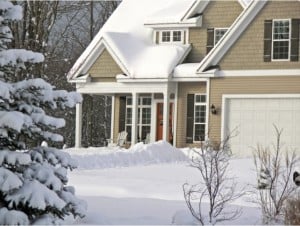 It’s pretty, falls gently, and turns dreary landscapes into winter wonderlands of endless white. Who wouldn’t marvel at a landscape turned into a brilliant, dazzling display of sunlit beauty?
It’s pretty, falls gently, and turns dreary landscapes into winter wonderlands of endless white. Who wouldn’t marvel at a landscape turned into a brilliant, dazzling display of sunlit beauty?
As beautiful as it appears, snow is responsible for a number of deaths every year. The snow falls, people go outside and shovel. They are getting tired, but there’s just a few more feet left. The heart attack is sudden and if no one is there to help, too often the result is a fatality.
If you’re not in good physical condition, be cautious. Hire someone else to remove the snow. If you must shovel, use a push type shovel and avoid lifting. Shoveling snow taxes the body and requires good stamina. Heart attacks happen when the heart does not get enough blood or the blood supply is cut off by partially blocked arteries.
Deep, heavy snow makes shoveling even more dangerous and so does very cold weather. Get a snow blower or hire a professional and enjoy the beautiful snow without working in it.
If you are shoveling, remember to remove one of those layers so you don’t sweat.
Slow down when driving in snow. It reduces traction and hides black ice. Give yourself extra space to stop. Intersections are particularly dangerous because cross traffic may hit ice and slide into your path. All-wheel drive and four-wheel drive help in snow but provide little assurance on ice.
Four Reasons You Need a Standby Generator for Your Home
Fog
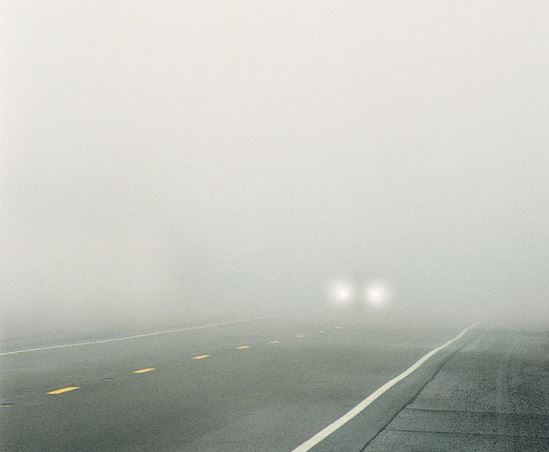 Moisture evaporates from the earth and rises into cold air where it condenses into a cloud. Sometimes a layer of cold air becomes trapped between the warm earth and another layer of warm air above it. The cloud that forms is just above the earth and we call it fog.
Moisture evaporates from the earth and rises into cold air where it condenses into a cloud. Sometimes a layer of cold air becomes trapped between the warm earth and another layer of warm air above it. The cloud that forms is just above the earth and we call it fog.
In the winter, fog may occur in warm, low-pressure systems when the air cools after the sun goes down. Factories that emit steam into the atmosphere sometimes cause thick fog.
As temperatures fall, the fog may freeze and leave a coating of frost over everything, including car windshields.
Fog reduces visibility, sometimes dramatically. It is better not to drive in fog. If you must drive, slow down to give yourself enough time to stop. Two seconds of visibility is the minimum. When an object or car (traveling in the same direction) becomes visible, it should take you two seconds or more to reach it.
One driving hazard occurs when the road dips into a low area or passes over water. The increased moisture and temperature difference can create a thick cloud and visibility drops almost to zero. Slow down, but don’t stop. Keep moving through the fog. Some of the largest traffic accidents have occurred when fog covered a road and drivers stopped or slowed down while others kept moving at highway speed.
Standby Generator Buyer’s Guide: What Size Generator?
Winter Preparedness
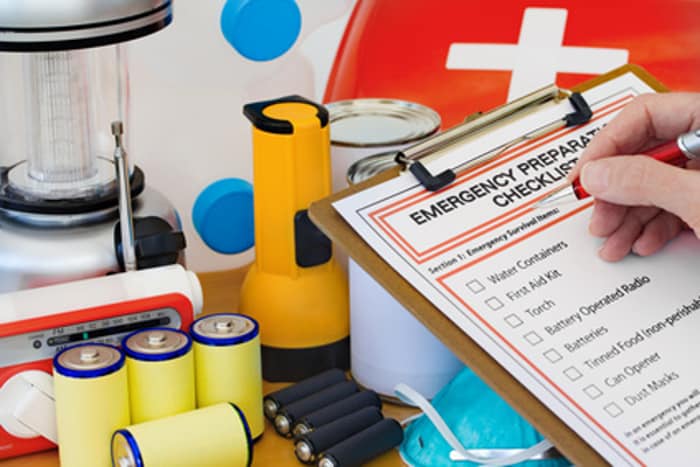 Every part of the country has different winter weather and wherever you live, how you prepare is different. Everyone should put together a winter emergency kit for their car, to carry with them, and for their home. Understand the weather hazards in your area and adjust accordingly. You probably don’t carry tire chains in your car if you live in the Florida Panhandle, but they are required equipment for travel in mountain states. Anyone who lives in the Great Lakes States knows they should keep a shovel in their car. Poultry grit, sand, and kitty litter are popular favorites for traction when a vehicle becomes stuck.
Every part of the country has different winter weather and wherever you live, how you prepare is different. Everyone should put together a winter emergency kit for their car, to carry with them, and for their home. Understand the weather hazards in your area and adjust accordingly. You probably don’t carry tire chains in your car if you live in the Florida Panhandle, but they are required equipment for travel in mountain states. Anyone who lives in the Great Lakes States knows they should keep a shovel in their car. Poultry grit, sand, and kitty litter are popular favorites for traction when a vehicle becomes stuck.
Prepare for winter travel with blankets, extra mittens and hats, nonperishable snacks, and bottled water. Check your owner’s manual and winterize your vehicle for the area you live in. Low temperature windshield washer. Lower viscosity oil. Snow or all-season tires. Change the wiper blades if they are more than a year old.
If you rely on a portable generator for emergency power, start it several times a month and let it run for ten minutes under a partial load—ceramic heaters are a good choice. Keep fuel supplies fresh and use a stabilizer. Rotate fuel supplies by using them in your vehicle and refilling. Keep maintenance items on hand. Consider how you will protect the generator during an outage that occurs during a storm.
 Portable and Standby generator owners must keep their maintenance up to date. Putting off maintenance reduces reliability and may void your warranty. Don’t wait until the power goes out for a day or two before scheduling maintenance. Learn how to change oil, filters, and plugs so you can do it yourself in an emergency. Keep several generator maintenance kits on hand. Know how often you should check the oil and how often it requires changing. Nothing kills a generator engine faster than poor maintenance.
Portable and Standby generator owners must keep their maintenance up to date. Putting off maintenance reduces reliability and may void your warranty. Don’t wait until the power goes out for a day or two before scheduling maintenance. Learn how to change oil, filters, and plugs so you can do it yourself in an emergency. Keep several generator maintenance kits on hand. Know how often you should check the oil and how often it requires changing. Nothing kills a generator engine faster than poor maintenance.
If you prepare yourself, your home, vehicle, and family, winter has the potential for amazing beauty and quiet splendor. Make the most of the cold season and enjoy it, even if that means sitting in front a warm fire and watching the snow fall outside your window.
A cup of hot chocolate makes it even better.
Add a Generator Cold Weather Kit and Perform Winter Maintenance
Updated January 31 2024

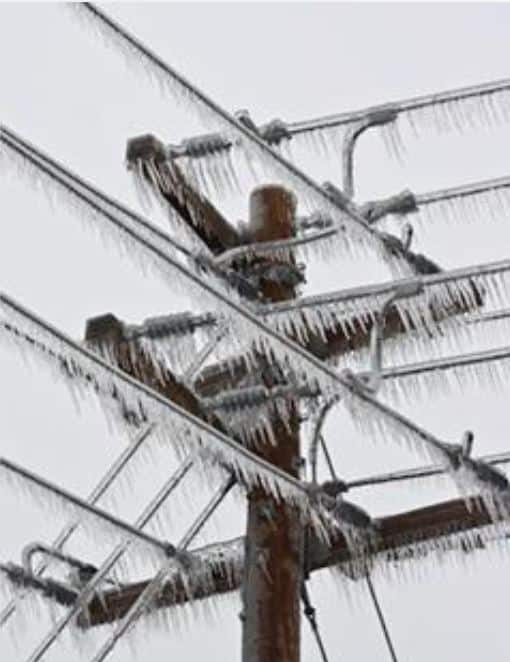 Ice storms occur when snow falls through a layer of warm air and melts into rain, then refreezes when it lands on below-freezing cold surfaces. The rain often mixes with wet snow and sometimes sleet. Forecasters like to call it a wintry mix and it’s one of the more dangerous winter weather events. On average, 16 major ice storms affect the US each winter.
Ice storms occur when snow falls through a layer of warm air and melts into rain, then refreezes when it lands on below-freezing cold surfaces. The rain often mixes with wet snow and sometimes sleet. Forecasters like to call it a wintry mix and it’s one of the more dangerous winter weather events. On average, 16 major ice storms affect the US each winter.